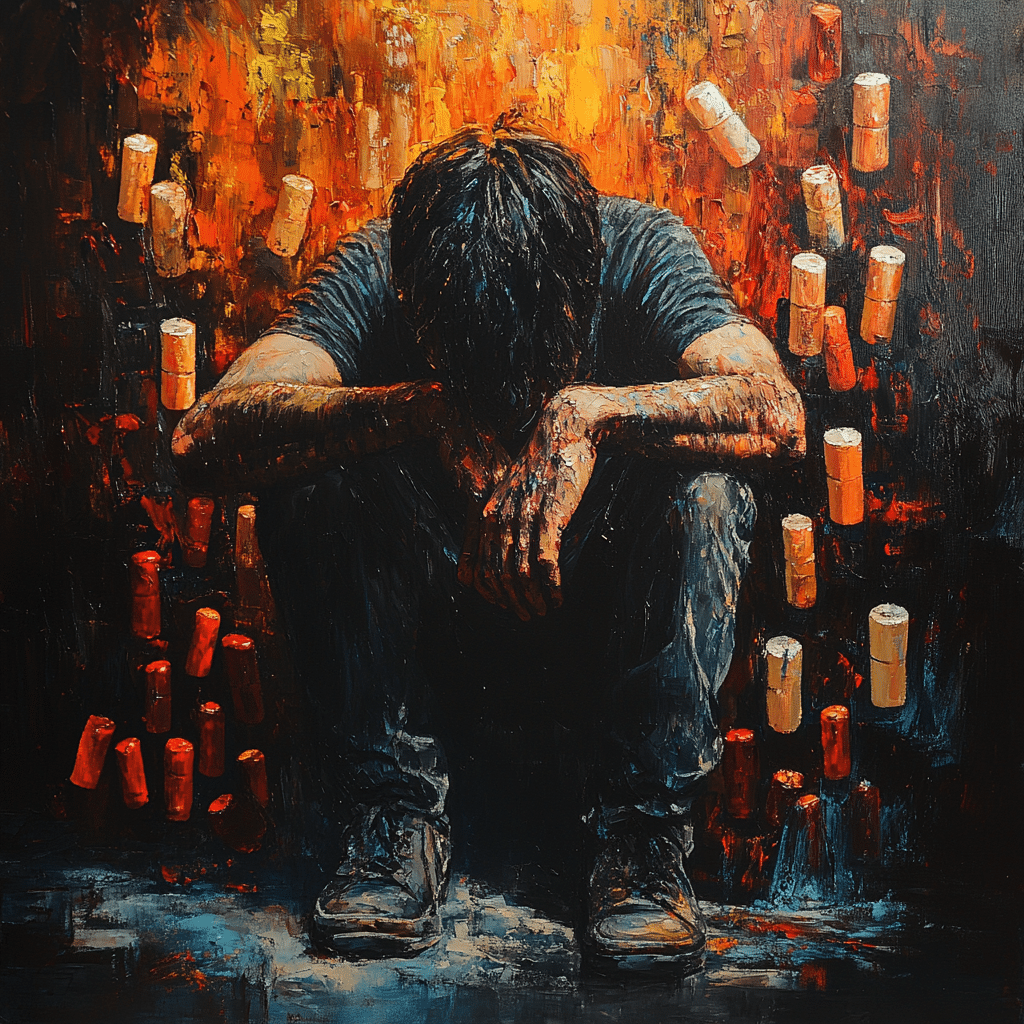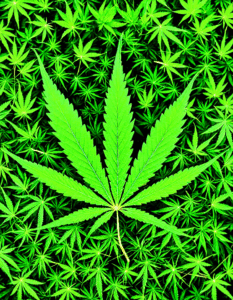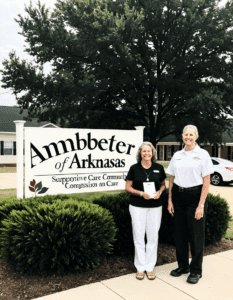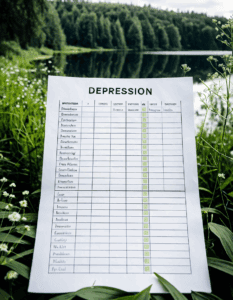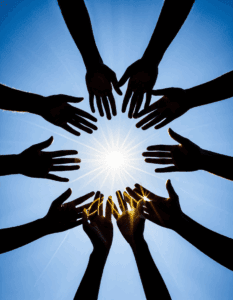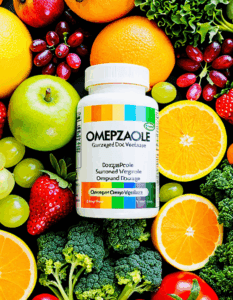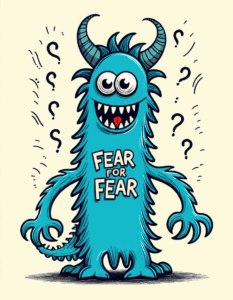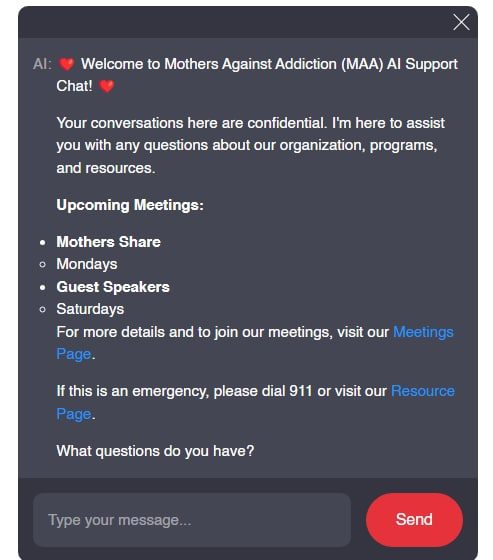Understanding Heroin Addiction and Its Causes
Heroin addiction continues to ravage communities, leaving parents grappling with the devastating effects on their children. It’s a monstrous force, tearing families apart and challenging the strength of even the most resilient individuals. But what causes this terrible dependence? It’s important to understand that there’s no single answer. Heroin addiction can be triggered by a variety of factors, with genetic predispositions, traumatic experiences, and socio-economic conditions playing significant roles.
Recent studies, such as those conducted by the National Institute on Drug Abuse (NIDA), reveal that almost half of heroin users had a history of addiction to prescription opioids before turning to heroin. This shift often occurs when access to prescription medications becomes difficult, illustrating a chilling pathway from legal medication to illegal substance abuse. A history of trauma or severe stress can also push individuals toward heroin, as they seek out relief or escape from their pain. Moreover, social and economic factors, such as poverty and lack of access to healthcare, can create an environment where heroin misuse thrives.
Knowing these root causes allows us to take preventative measures. Education campaigns, community support programs, and better access to mental health resources can potentially save lives. Combatting heroin addiction isn’t just about treating the addicted; it’s about addressing the broader issues that lead them down this dark path in the first place.
The Horrors of Withdrawal: A Closer Look
Withdrawal from heroin is nothing short of a living nightmare. The intense cravings, severe nausea, debilitating pain—it’s enough to break even the strongest spirits. Yet, understanding this grim process is vital for providing the proper support to those in recovery. The physical and emotional torment of withdrawal is among the most challenging hurdles for individuals attempting to break free from heroin addiction.
Take, for instance, the story of Jessica Green from Ohio. Her battle with addiction and subsequent journey through withdrawal highlights the sheer brutality of this process. Jessica described the vomiting, bone pain, and crushing anxiety that made every second feel like an eternity. Her story underscores why comprehensive medical and psychological support systems are so critical during withdrawal. Medications like methadone, buprenorphine, and naltrexone can help alleviate some of these symptoms, making the path to recovery more manageable.
Parents witnessing their children suffer through withdrawal often feel helpless. However, understanding the symptoms and knowing that there are treatments available can provide a glimmer of hope. Support systems, including those facilitated by groups like Mothers Against Addiction, can offer coping strategies and emotional support to families during these tough times.
| Aspect | Details |
| Chemical Composition | Diacetylmorphine; derived from morphine extracted from the poppy plant Papaver somniferum. |
| Common Names | Smack, H, Brown, Horse |
| Addictive Properties | Highly addictive; causes physical and psychological dependence. |
| Mechanism of Action | Increases synaptic dopamine in the NAc; decreases inhibitory GABAergic function. |
| Physical Effects | Euphoria, drowsiness, respiratory depression, nausea, dry mouth, and itching. |
| Psychological Effects | Euphoria, anxiolysis, and a sense of well-being; high addiction potential leading to compulsive use. |
| Long-term Health Effects | Collapsed veins, infection of the heart lining and valves, abscesses, and liver or kidney disease. |
| Withdrawal Symptoms | Anxiety, muscle aches, insomnia, sweating, vomiting, and diarrhea. |
| Treatment | Medications: Methadone, Buprenorphine, Naltrexone |
| Approaches: Detoxification, behavioral therapies, supportive counseling | |
| Substitution Therapy | Methadone: Synthetic opioid used as an alternative for heroin; reduces withdrawal symptoms. |
| Buprenorphine: Partial opioid agonist used to lower dependency; reduces cravings. | |
| Naltrexone: Opioid antagonist that blocks the effects of opioids; used after detoxification. | |
| Support Resources | |
| Risk of Overdose | High; potential for respiratory failure, especially when combined with other depressants. |
| Legal Status | Classified as a Schedule I controlled substance in many countries; illegal to manufacture, prescribe, or possess. |
| Statistics | In 2021, opioid overdoses accounted for over 70% of overdose deaths in the United States. |
The Role of Stigma in Heroin Addiction
Breaking down the stigma associated with heroin addiction is crucial. It’s heartbreaking to see how societal judgment can deter individuals from seeking help. Despite the progress in public awareness, shame and stigma continue to hinder recovery efforts, creating unnecessary barriers to treatment.
Organizations like Shatterproof have highlighted how stigma affects not only those struggling with addiction but their families as well. This societal bias can lead to isolation, making it harder for individuals to connect with the resources and support they need. Public figures like Demi Lovato have done much to humanize the struggle with addiction by bravely sharing their recovery journeys. Their openness helps foster empathy and break down the judgment walls surrounding this issue.
It’s important for communities to shift their perspective. Addiction is a disease, not a moral failing. Encouraging openness and understanding, rather than blame, can create an environment where those suffering from addiction feel safe seeking help. By addressing and dismantling stigma, we make strides toward a society that treats addiction with the compassion and urgency it deserves.
Comparing Treatment Options: MAT vs. Abstinence-Based Approaches
When grappling with heroin addiction, choosing the right treatment can be daunting. Generally, there are two main approaches: Medication-Assisted Treatment (MAT) and abstinence-based programs. Both have their advocates and successes, and understanding their differences can guide families in making informed decisions.
MAT utilizes medications like methadone, buprenorphine, and naltrexone to help reduce cravings and withdrawal symptoms. Research shows that MAT significantly lowers overdose deaths and improves treatment retention rates. It’s tailored to support the biological aspects of addiction recovery, making the process less grueling for many individuals.
On the other hand, abstinence-based programs, such as Narcotics Anonymous (NA), emphasize complete cessation without substitute medications. These programs focus on psychological and social support, often incorporating the 12-step program popularized by AA (Alcoholics Anonymous). NA provides a community of peers who understand the struggle, offering emotional support and accountability.
There’s no one-size-fits-all solution. The best approach depends on the individual’s needs, circumstances, and preferences. Patient testimonies and expert opinions can provide valuable insights into what might work best for a given situation. For instance, the compelling journey of Tim Ryan, known as “The Hope Dealer,” shows that recovery is possible regardless of the chosen method. His transition from addiction to advocacy serves as a beacon of hope for many.
Real-Life Stories of Recovery
Nothing offers hope like a real-life story of recovery. Tim Ryan’s story is one such beacon. His battle with heroin addiction took him to the darkest depths, yet he emerged as an inspiring figure who’s dedicating his life to helping others overcome addiction. Known as “The Hope Dealer,” Tim’s journey from severe addiction to advocacy underscores the power of resilience and community support.
Ryan, who once faced life-threatening consequences due to his heroin use, now travels the country, speaking to communities and helping those still struggling with similar battles. His story is a testament that recovery is possible and serves as a powerful reminder that with the right support and tenacity, individuals can reclaim their lives.
These stories are essential. They remind us that heroin addiction isn’t an end but a challenge that can be overcome. Sharing such narratives provides inspiration and hope to individuals and families in despair. They highlight the strength of the human spirit and the profound impact that support and community can have on the journey to recovery.
The Impact on Families: Coping Strategies and Support Networks
Heroin addiction doesn’t just affect the user; it devastates entire families. Parents, siblings, and children often face secondary trauma, financial burdens, and emotional anguish. The toll is immense, but coping strategies and support networks can offer a lifeline.
Groups like Mothers Against Addiction provide invaluable resources for these families. Support networks, family therapy, and educational workshops are crucial in helping families understand and cope with addiction. Family therapy offers a safe space for open communication, allowing family members to express their feelings and learn how to support their loved one effectively. Support groups connect families with others going through similar experiences, fostering a community of empathy and shared strength.
Educational workshops provide families with the tools and knowledge needed to navigate the complexities of addiction. Understanding the science behind addiction, recognizing the signs of relapse, and learning about available treatment options empower families to take an active role in the recovery process. By fostering a supportive and informed environment, these strategies can help mitigate the impact of heroin addiction on loved ones.
The Future of Heroin Addiction Treatment and Policy
Looking ahead, the future of heroin addiction treatment lies in innovative approaches and policy reforms. Advances in neuroscience are paving the way for new therapies, such as vaccine development to prevent opioids from reaching the brain. These breakthroughs could revolutionize how we treat addiction, offering more effective and targeted solutions.
Policy reforms focused on harm reduction are gaining traction as well. Initiatives like safe injection sites and syringe exchange programs have shown promise in reducing overdose deaths and the spread of disease. Countries like Canada, particularly in Vancouver, have successfully implemented these programs, demonstrating their potential to save lives and create pathways to recovery.
Adopting similar measures in the U.S. could significantly shift the landscape of heroin addiction treatment. While controversial, these policies emphasize public health and safety, offering pragmatic solutions to a pervasive problem. Continued advocacy, research, and compassion are essential as we strive to combat this deadly dependence together.
Moving Forward With Hope and Determination
Heroin addiction is a deeply complex issue, but understanding its roots, addressing stigma, and exploring effective treatment options offer a path forward. By sharing stories of recovery and emphasizing support systems for families, we draw a roadmap of hope and resilience. Continued advocacy, research, and compassion are essential as we strive to combat this deadly dependence together.
At Mothers Against Addiction, we believe in the power of community and the importance of providing unwavering support to those affected by addiction. Through education, advocacy, and compassionate care, we stand with families in their fight against heroin addiction. Your struggle is our struggle, and together, we can move forward with hope and determination.
For more information on coping strategies and how to support loved ones, visit our Step 6 AA resource, and learn about ways to address various forms of addiction including Cocaine addiction and Meth addiction.
To understand more about the science behind addiction and the mechanisms at play, check out this comprehensive article on Haibara Jjk.
If you wish to get involved or need support, don’t hesitate to reach out to us at Mothers Against Addiction. Together, we can create a future where no family has to endure the pain of addiction alone.
Heroin Addiction: The Deadly Dependence
Startling Statistics
When delving into the world of heroin addiction, it’s astonishing—and heartbreaking—to see the staggering numbers. Did you know that according to Insidemdsports, the number of heroin-related deaths has quadrupled since 1999? This shocking statistic underscores just how pervasive and deadly this addiction has become. But there’s more to understand than just the numbers; the impact on families is equally profound.
The Prescription Path
Surprisingly, many heroin addicts started off with prescription drugs. It’s a perilous slope from painkillers from your doctor to the street drug. In fact, data shows that nearly 80% of users reported prescription drug abuse before switching to heroin. This connection emphasizes the severity of prescription drug misuse, often seen as a gateway to more lethal substances.
Gruesome Realities
One of the most macabre aspects of drug use is the shocking behavior that heroin addiction can induce. Take Bashid McLean’s story for instance; Bashid Mclean head shows just how twisted and tragic lives can become under the influence of such substances. It’s a jarring reminder of the lengths to which addiction can push individuals.
Community Impact
Addiction doesn’t just affect the individual; it ripples through communities. Tiny towns like Dunchurch have felt the weight of this crisis, seeing families torn apart and local resources stretched thin. The communal struggle reveals that heroin addiction isn’t just an urban issue but one that touches even the quiet, seemingly insulated pockets of the country.
In essence, understanding heroin addiction from these distinct angles—from statistical data, prescription drug links, to its shocking impacts—not only broadens awareness but also underscores the urgent need for comprehensive support strategies.
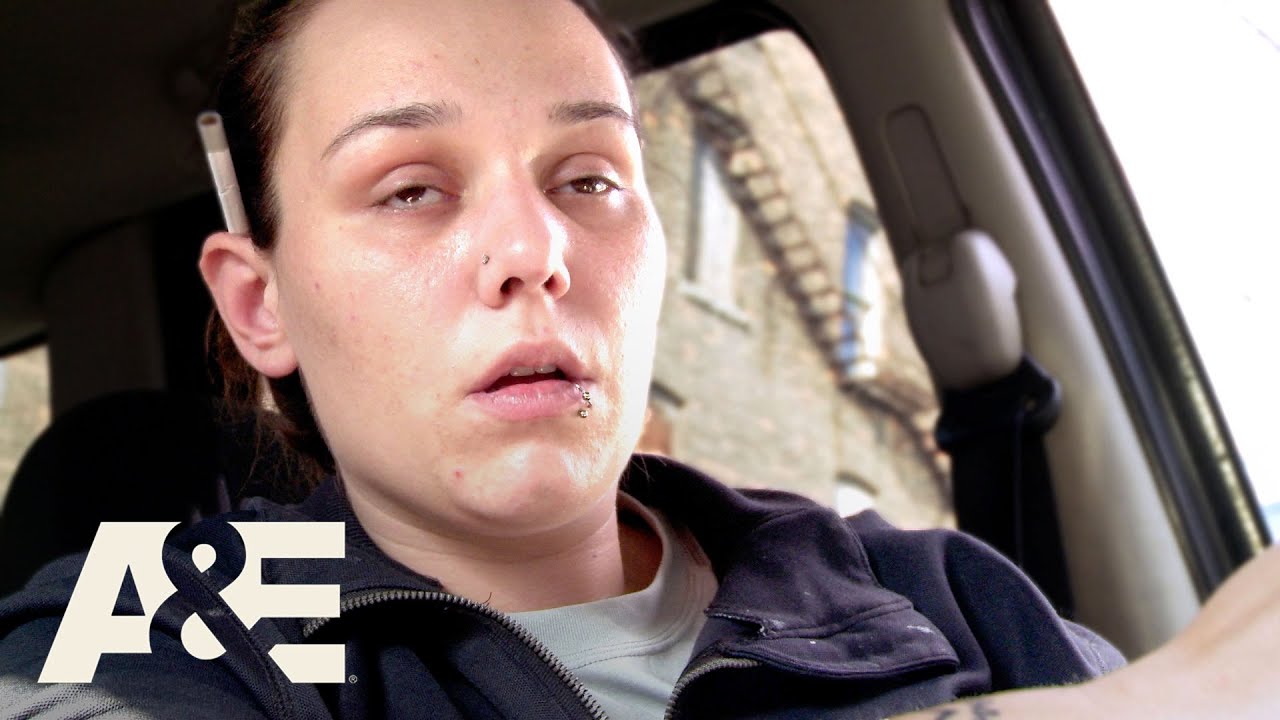
What is heroin habit?
Heroin habit is when a person regularly uses heroin to the point where their body feels it needs the drug to function ‘normally’. For those dependent on heroin, the drug can consume their thoughts and priorities, making it extremely hard to quit.
What medication is used to treat heroin addiction?
Medications like methadone, buprenorphine, and naltrexone are used to treat heroin addiction. These medications help manage withdrawal symptoms and reduce cravings, making it easier for people to stop using heroin.
What is heroin commonly called?
Heroin is commonly called smack, but it’s also known as diacetylmorphine, a white, odorless, bitter crystalline compound derived from morphine, which comes from the latex of the poppy plant Papaver somniferum.
What is the mechanism heroin addiction?
Heroin addiction affects the brain by increasing the release of dopamine, leading to feelings of euphoria. It also decreases inhibitory GABAergic function, which contributes to impaired control and compulsive drug-seeking behavior.
What is a key reason for heroin being so addictive?
A key reason heroin is so addictive is because the body quickly adapts to its regular use, creating a strong dependence. Over time, nothing else in life seems to matter except getting and using the drug.
Is a trauma bond like a heroin addiction?
While trauma bonds and heroin addiction are different issues, both involve a cycle of dependency and emotional pain that can be incredibly difficult to break, often requiring support and intervention.
How to stop porn addiction?
Stopping porn addiction usually involves setting strong boundaries, seeking therapy, and finding healthy activities to replace the habit. It often requires patience and persistence to overcome.
What is a perc?
A perc, short for Percocet, is a prescription painkiller that contains a combination of oxycodone and acetaminophen. It’s used to treat moderate to severe pain.
What are the anti drugs for heroin?
Antidrugs for heroin include medications like methadone, buprenorphine, and naltrexone, which help reduce withdrawal symptoms and cravings, thus supporting people in their recovery journey.
Which word is similar to heroin?
A word similar to heroin is diacetylmorphine, which is its chemical name. It’s essentially the same substance but with a more scientific title.
Why is heroin called the horse?
Heroin is sometimes called “the horse” as part of street slang. The exact origin of this nickname isn’t clear, but it’s just one of many terms used to refer to it.
What schedule is heroin?
Heroin is classified as a Schedule I drug in the United States, meaning it’s considered to have a high potential for abuse and no accepted medical use.
What does heroin dependence mean?
Heroin dependence means that a person’s body and mind have adapted to regular heroin use to such an extent that they feel they need it to function properly, and they experience withdrawal symptoms without it.
How does opiate addiction work?
Opiate addiction works by hijacking the brain’s reward system, leading to increased dopamine release and significant changes in brain function. This creates both a physical and psychological reliance on the drug.
How is heroin metabolized?
Heroin is metabolized in the liver, where it’s broken down into morphine and other metabolites. These substances then interact with the brain’s opioid receptors, producing the drug’s effects.
What does heroin dependence mean?
Heroin dependence means a person has developed a tolerance to the drug and suffers withdrawal symptoms when not using it, making it extremely hard to quit without help.
What is heroin body trend?
The heroin body trend might refer to the damaging physical effects of chronic heroin use, including severe weight loss, poor health, and skin infections from needle use.
Why is heroin a Schedule I?
Heroin is a Schedule I drug because it has a high potential for abuse and is not considered to have any accepted medical use in treatment within the United States.
What are the habits of a drug addict?
The habits of a drug addict often include compulsive drug-seeking behavior, neglecting responsibilities, changes in social circles, secrecy about activities, and obvious physical or mental health decline.

